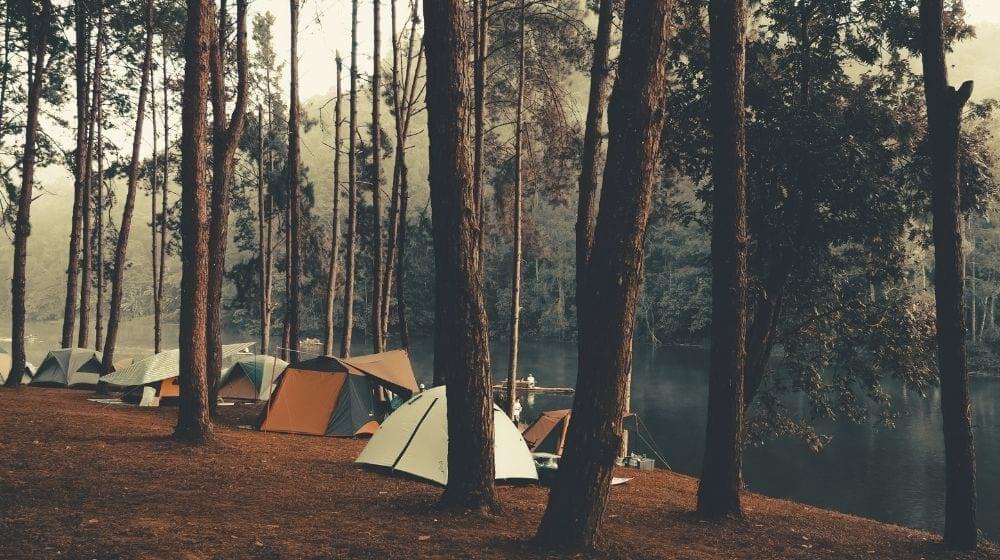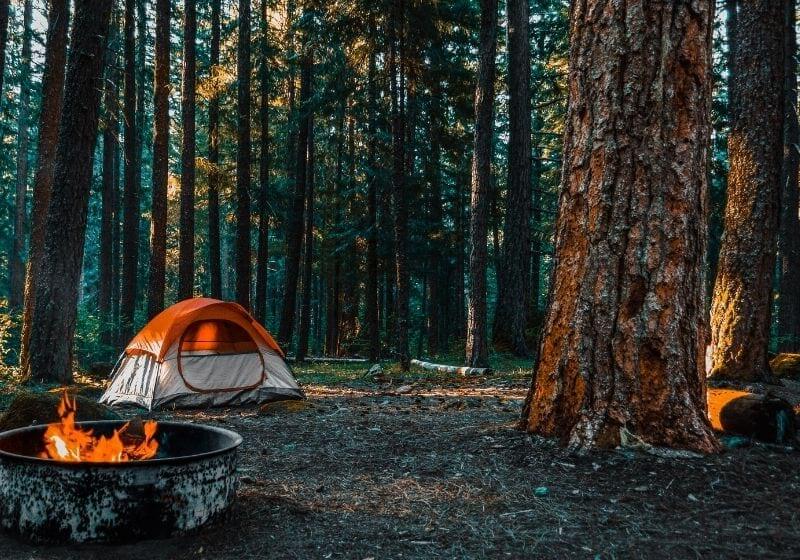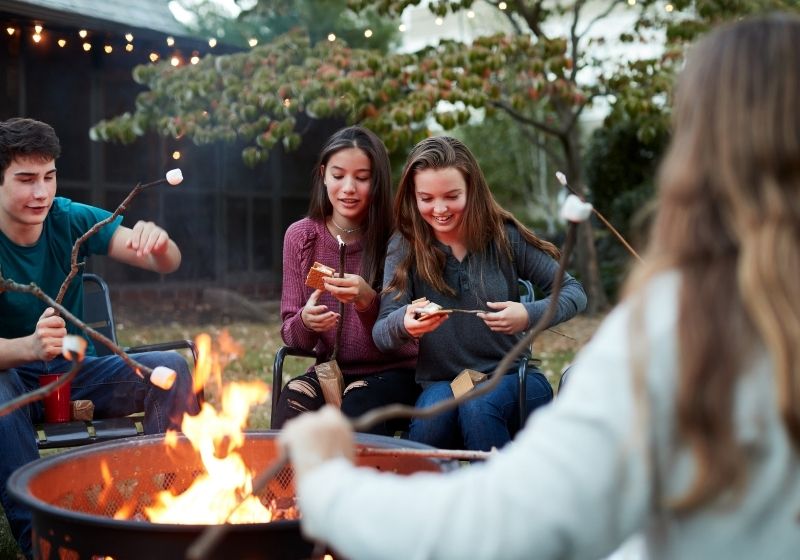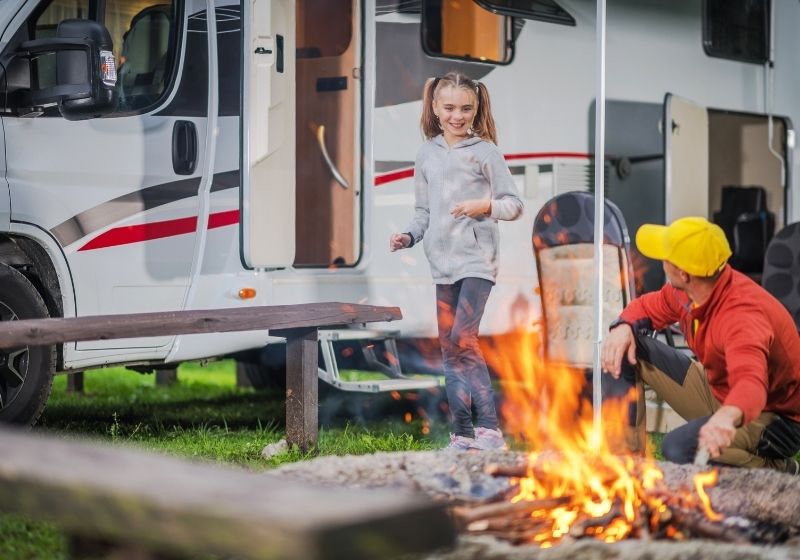Bug Out Bag
How to Book a Campsite from Parks to RVs to Backyards

Do you love the outdoors but don’t know how to book a campsite? Here is everything you need to know about your opinions and how to book a campsite.
RELATED: Tent vs. Hammock Camping: And The Winner Is…
An Overview on How to Book a Campsite in Various Ways
The Classic Option

According to experts, besides straight up looking at a park’s website, other reliable resources can help you out. For instance, you can find up to 3600 facilities and 103,000 individual recreation sites at Recreation.gov. Here, you also get a chance to participate in lotteries for sought-after permits, such as an overnight stay at Mount Rainier National Park backcountry.
Other great resources include Campendium, the Dryt, Reserve America, Campspot, and Pitchup.com. With these websites and apps, you get to browse and explore campsites for amenities, reviews, and even whether or not it is pet and child-friendly.
Tips
- TripAdvisor offers campsite reviews so that you know what to expect and pack accordingly.
- First-come-first-serve spots are a great alternative when you do not land a reservation in popular parks.
- Campnab, on the other hand, will inform you of emerging slots on sold-out campgrounds.
- Another great alternative is booking campsites near a national park. Campspot is an excellent option for this hack.
The Free Option

While every camper in America is rushing in for the traditional or classic camping options, you might want to try out dispersed camping. This is usually free camping outside designated campsites.
Maps on the Dryt are a great place to find public land designated dispersed for camping. They also provide valuable information on how long you can stay.
Tips
- Experts advise finding spots near water and shade and leaving the place in better conditions than you found it. OnX, iOverlander, and Guthook are reliable resources for finding legal dispersed camping grounds.
- New campers should familiarize themselves with the rules and regulations of the area beforehand.
- Referencing Google Maps will help you find spots near water and within the trails in a given area.
- The Bureau of Land Management is also an excellent source of information on available public land for camping.
Note: Even with all these online resources, it is advisable to check with the Forest Service or a ranger for more accurate information.
RELATED: Camping Essentials For A Fun And Safe Camping Trip
The Sharing-Economy Option

In the same way, we have ride-sharing options with Uber or house-sharing with Vrbo; we also share options for campsites. Here, Tentrr and Hipcamp connect landowners with campers for private campground opportunities, as well as listing on tent camping, treehouses, cabins and RV parks.
Note: While this option will not be as incredible as camping in a park, it is doable. It is an excellent place for new campers to start as they progress to the natural wilderness.
The RV Option

Campspot and RV Trip Wizard will help you find large commercial sites and mom-and-pop rental options if you want to join the RV craze this year. RV owners are also another great source of camping suggestions.
Watch this video by 5-Minute DECOR on 38 essential camping hacks | 5-Minute tips for a perfect summer escape:
There you have outdoorsmen and ladies. With this information, you have a great place to start, especially if you are new to camping. If you have been camping for some time and have some experience, you now know about other available options that you might not have tried out already.
[poll id=”51″]
Do you have a camping hack you’d love to share with us? Let us know in the comment section below!
Up Next:
- 10 Best Winter Camping Gear To Keep You Warm On Your Adventures
- 5 Useful Tips For Camping In The Rain
- 12 Survival Items to Score at Home Depot
Calling all preppers, craftsmen, bushmasters, outdoorsmen, and all-around skilled people, Survival Life needs YOU! Click here if you want to write for us.
Don’t forget to stay connected with us on Facebook, Twitter, Pinterest, and Instagram
-

 Do It Yourself7 months ago
Do It Yourself7 months agoParacord Projects | 36 Cool Paracord Ideas For Your Paracord Survival Projects
-

 Do It Yourself9 months ago
Do It Yourself9 months agoHow To Make Paracord Survival Bracelets | DIY Survival Prepping
-

 Do It Yourself9 months ago
Do It Yourself9 months ago21 Home Remedies For Toothache Pain Relief
-

 Do It Yourself10 months ago
Do It Yourself10 months agoSurvival DIY: How To Melt Aluminum Cans For Casting
-

 Exports8 months ago
Exports8 months agoAre Switchblades Legal? Knife Laws By State


Mary Gendron
July 1, 2021 at 6:02 PM
AS I go camping and and do my packing, especially for the “Kitchen”, when camping with a group or just the hubby and I, I try to pack by the meal. such as a cooler for breakfast and one for dinners’ I also label what its for and the contents. Makes it easier for pulling out just what’s needed for that particular meal. If your camping with kids (such as Scouts or youth groups), if it’s labeled, they know where to look, and don’t have to pull all the stuff out and not find what they’re looking for. And you know who’s going to repack it right? (you).When you use up stuff, you can combine what’s left and use the empties for storage Same goes for program stuff. One container for compass games, one for ropes and knots, and so on with each project, especially with what is in the bag or container. This way you know you’ve got all the stuff need for that project. If anything overlaps, (like scissors) just label, “look in bag—“. Saves a lot of headaches. When done or leaving, just pack stuff into the empty coolers or boxes, cut down on number of containers. When unpacking, leave everything needed for a project in a labeled container ,with what needs to be added for next time, and you don’t have to spend hours re-gathering all that stuff, just the stuff that’s missing. This is good if you are likely to do the same skills or projects more than once. I used to do a yearly summer camp skill campout each summer for Girl Scouts. I am now also working with Cub Scouts. Guess what, I just pull the box marked KNOT TYEING, and I don’t have to hunt for everything, same with all the other camping skills. When I teach knife safety, I have a box of dollar store pocket knives. I bought them at a dollar store when I found out they’re dull as all get out and can’t cut anything, especially skin or wood. My husband tried to sharpen them and couldn’t do it. Perfect for teaching kids. For sticks, I use old candles. It’s shaped like a branch and the kids learn safety and how to open and close a knife and how to use it, Best part is these dull knives only cost a dollar each and can’t cut anything except a wax candle or a bar of soap. That’s it for now. Want to learn more? just contact me.